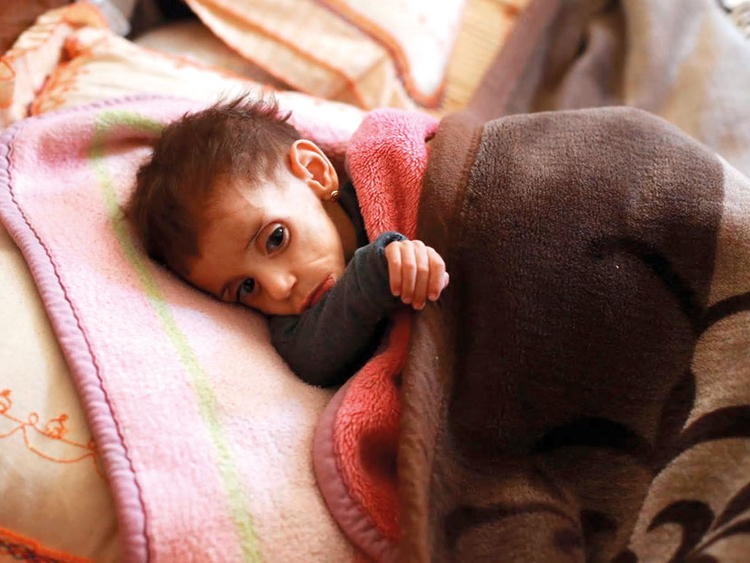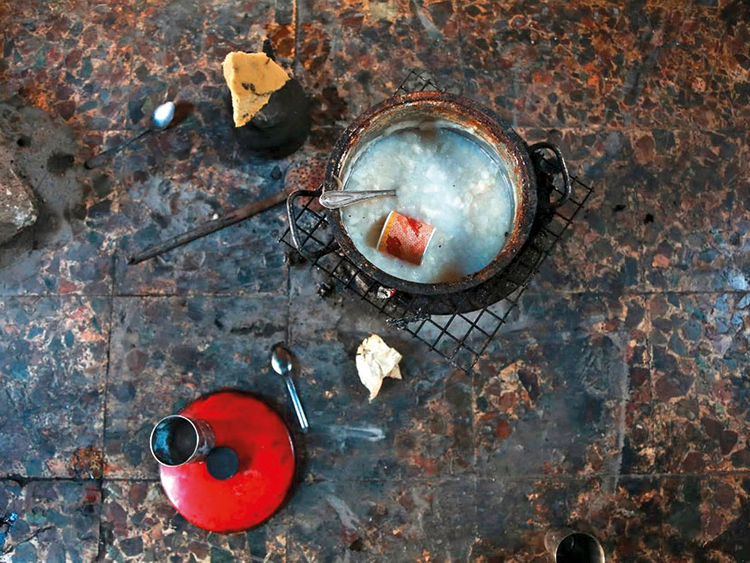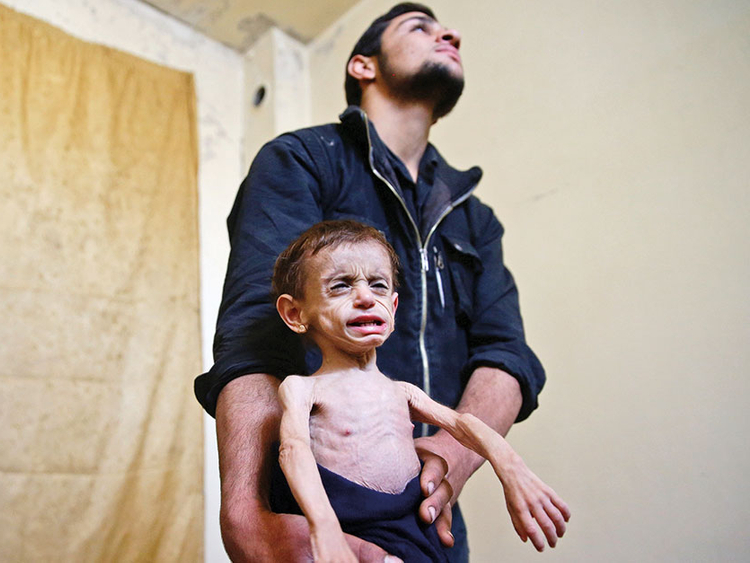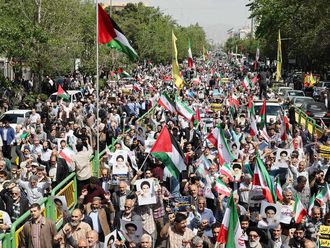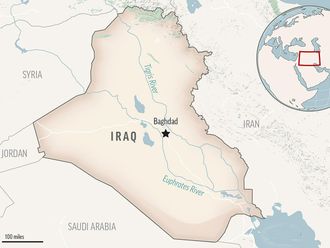
BEIRUT — In the final days of Sahar Devdeh’s life, her parents feared their hugs might break her. She barely moved. She was too weak to cry. At times, her doctor thought she looked more like a skeleton than a month-old-baby.
When she died last week at 34-days-old, Sahar became a stark casualty of a growing food crisis in a pocket of the Syrian capital. Aid groups warn more deaths will follow.
The story of how a child dies of hunger is not a simple one. In the besieged suburb of Eastern Ghouta, food supplies did not dry up overnight. Even after years of violence, families still managed to cope, spending savings on food sold at inflated prices and finding creative solutions when the fuel ran out.
Slowly, after years of a government blockade, warlord profiteering and international paralysis over the appropriate humanitarian response, residents of this suburb once known as the bread basket of Damascus have reached a breaking point.
“What we saw with baby Sahar was just the start of a tragedy,” said Hamza Hasan, a representative of the Syrian American Medical Society in Eastern Ghouta. “If things continue as they are, there will be many, many more.”
Forces loyal to Bashar Al Assad’s regime have long besieged rebel-held areas to push them to surrender. Six years into the war, government forces have recaptured most opposition areas, with only a handful of areas still dominated by fighting.
Just east of Damascus, Eastern Ghouta is one of the most strategically significant of these areas. About 385,000 residents still live in the area, once home to fertile farmlands that supplied the capital with food.
When the blockade of Eastern Ghouta began in mid-2013, business executives on both sides of the political divide smuggled food, fuel and clothing through a lucrative network of tunnels.
Late last year, the Syrian government recaptured nearby districts and sealed those routes for good. Then on Oct. 3, it closed the only entry point accessible to commercial and humanitarian convoys.
Figures provided by UNICEF, the UN children’s agency, suggest about 1,100 children in Eastern Ghouta are suffering from some form of malnutrition. Chronic shortages of medicine have compounded the problem. Doctors working on Sahar’s case said Thursday she had died from intestinal complications medics were unable to treat. At least two other young children have died from hunger-related issues this month.
The Washington Post interviewed nine residents of Eastern Ghouta by phone, each of whom described the toll of the siege on their lives.
For Umm Sayyah, 28, the siege’s strangling grip has meant worrying as her 2-year-old daughter, Hala, wastes into a bundle of bones.
When Hala fell ill at 7 months old, the family paid smugglers to take them through the tunnels and out to the children’s hospital in Damascus. “She put on weight, she was eating. She recovered there,” Sayyah said. “We could give her pieces of apple, pieces of banana, all of the things she couldn’t get back in Ghouta.”
When she became sick a second time, there was no way out.
A series of photos show Hala’s decline from a round-faced smiling infant to one so thin she’s unrecognisable. Ribs protrude through shrunken skin. Doctors said the toddler now weighed just over nine pounds.
“We can only give her water, and it goes right through her,” Sayyah said. “She sleeps for 15 minutes, and then she starts screaming again. I’m so tired.”
Under the terms of a ceasefire agreement brokered by Turkey, Russia and Iran, Eastern Ghouta was supposed to receive aid from the United Nations. On Monday, the first humanitarian convoy in more than a month arrived in the suburb, delivering supplies to tens of thousands of residents but leaving most empty-handed.
Government bombing has resumed, targeting militant groups, but also the marketplaces in which goods are sold. Dozens of civilians have been killed.
Speaking Thursday in New York, the UN special envoy for Syria, Staffan de Mistura, described the trend as “re-escalation rather than de-escalation.”
Mistura said violence could intensify in coming months as Syrian government forces shift their attention from the country’s remaining pockets of Daesh-held territory and toward the final rebel holdouts.
“The desired improvement on humanitarian access therefore continues to elude us,” he said.
In Eastern Ghouta, women no longer come to the community centre Layla Bikri runs.
Many are too frail to travel far.
Bikri, 26, who works with the Syrian non-profit Women Now for Development, described watching children slope past the shops selling sweets that are far too expensive for their parents to afford.
“When you see them, they look so sad. Back in the days that we had dessert, I used to promise my daughter a piece at the end if she was good. Now when she asks, I give her pieces of corn. A piece of corn each time,” she said.
Tamara Kummer, a UNICEF spokeswoman, said the pictures from Eastern Ghouta served as a grim reminder of the toll on the youngest Syrians.
“The psychological impact will be huge. They can’t eat when they are hungry, they don’t even have access to the most basic goods or infrastructure,” she said. “If you’re in that situation, you don’t have a childhood anymore,” she said.
According to UNICEF, some 80 per cent of Syria’s children have been affected by war, either living with violence at home or as refugees abroad.
With winter fast approaching, chronic shortages of fuel in Eastern Ghouta are expected to make the situation worse. Aid officials and local humanitarian workers said that substitutes — wooden benches, plastic bags — have mostly been used up. Bikri said her job was getting harder. “I’m trying to give women and children hope that I just do not have,” she said. “I’m describing to you how we live here, but you just can’t imagine it. It feels hopeless here.”
—The Washington Post


